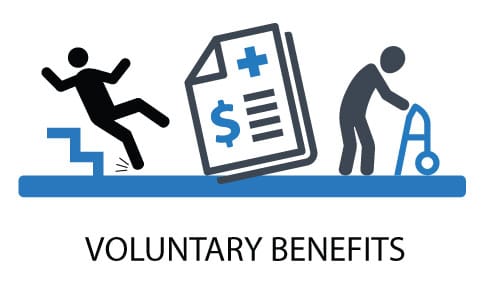
A great deal of attention is being focused nationally on prescription drugs because of concerns about rising costs and lack of coverage in select populations. Spending on prescription drugs continues to be an important health care concern, particularly in light of rising pharmaceutical costs, the aging population, and the increased use of costly specialty drugs.
In recent history, increases in prescription drug costs have outpaced other categories of health care spending, rising rapidly throughout the latter half of the 1990s and early 2000s. While the rate of growth in spending has slowed somewhat, it is projected to exceed the growth rates for hospital care and other professional services through 2019.
Prescription Plan Administration
More employers are using third-party administrators known as Pharmacy Benefit Managers, or PBMs to administer their prescription benefit plans. PBMs are typically able to maintain discount contracts with a network of pharmacies, adjudicate claims in real-time, provide customer service support, pay pharmacies for covered prescriptions, employ a clinical staff to keep current with the changing pharmaceutical landscape and report plan results to responsible parties.
Not unlike the cost of any good or service, the end cost of the prescription drug benefit is determined by a familiar equation: Price x Units = Cost. Although prescription benefit plan design plays an important role, plan administration is equally significant.
Whether your plan is self-funded/self-administered, self-funded, and other administered or fully insured, your prescription benefit is likely to be administered through a PBM. The remainder of this Plan Design is directed towards the fully-insured employer contemplating carve-out of their prescription plan.
Carve-out Considerations
Employers that switch from a fully-insured plan to a self-funded plan typically show large first-year savings. This is due, in part, to the factors outlined below as well as the realization of trends in the years that follow. In subsequent years, employers can continue to reduce or control costs by modifying their plan design and taking advantage of prescription costs management programs such as mail service or step therapy.
The benefits of self-funding include:
- Reduction of state premium taxes;
- Elimination of surcharges for reinsurance;
- Improved cash flow—the employer pays for actual claims as they occur, as opposed to claims that may or may not be incurred;
- Earning interest on health plan reserves;
- Plan design flexibility;
- Access to better quality data; and
- Relief from onerous state mandates.
Depending upon your plan’s specific circumstances, there may be a downside to carving out the prescription benefit. For example:
- The reduction in premium from the fully insured prescription drug benefit may result in your carrier returning an unsatisfactory renewal or lower than anticipated premium credit;
- Data that was once integrated for large case/disease management programs must now be fed back into the carrier system;
- If your self-funding experience is adverse, some carriers may decline to offer a fully-insured benefit for two years; and
- The employer accepts full financial risk (stop-loss coverage is available) for a benefit that can potentially fluctuate from month to month.
Stop-loss Coverage for Rx
Stop-loss (or reinsurance) is a feature of self-funded plans in which the employer assumes the risk of health care cost up to a certain limit on individual claims (specific) or up to a certain limit on all claims (aggregate). An employer pays an insurance company to assume risk above the specific and/or aggregate levels. Overall, stop-loss coverage can limit the employer’s risk while allowing them to retain control over claims and benefits. A few PBMs have formed strategic partnerships with stop-loss carriers to provide prescription drug reinsurance for those employers seeking additional protection.
Self-funding the prescription drug benefit can pay big dividends, but it is not for everyone. A careful analysis of carrier premium credit, stop-loss premiums, and expected claims must be completed before heading down this path. Although stop-loss coverage is available, the employer must recognize that they are not immune from risk. An aggregate stop-loss will provide a limit to the maximum risk for any one employer. However, the combination of stop-loss premiums, claims, and the risk-corridor created by attachment points (typically around 125 percent) create potential loss situations.
Consultants with in-depth knowledge of the PBM industry would be most helpful to assist in the decision-making process and to provide ongoing support once your new self-funded prescription plan is up and running.





